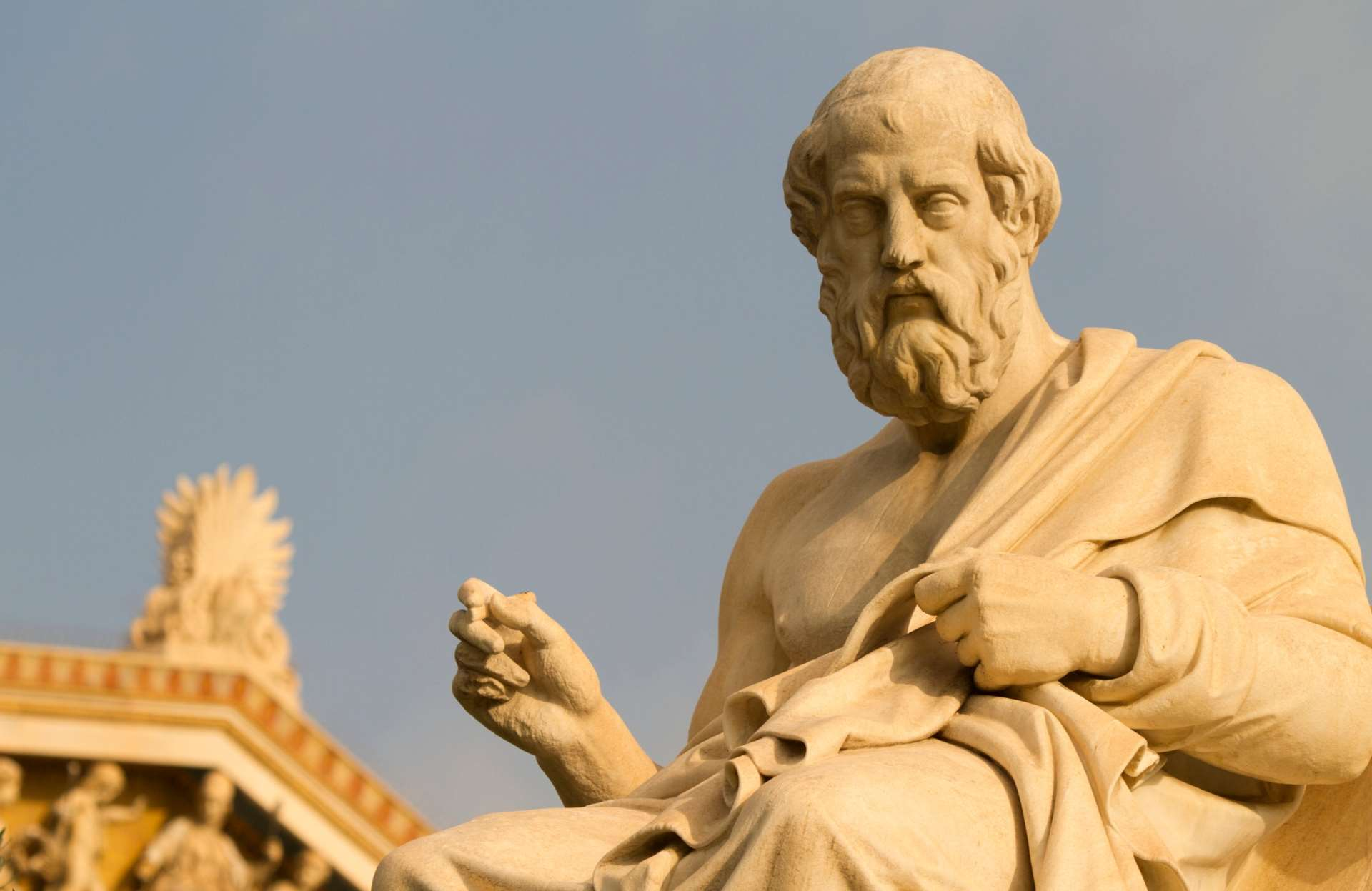The metopes of the southern wall (Plaques No. 1–12 and 21–32) present the Battle of the Lapiths and Centaurs, also known as the Centauromachy, in which the mythological Athenian king Theseus took part. The battle between the Centaurs and the Lapiths broke out during the wedding feast of the king of the Lapiths and personal friend of Theseus, Pirithous. According to one version of the myth, the Centaurs, insulted from being excluded from the celebrations, attacked the Lapiths while according to another, during the feast drunken Centaurs reacted violently under the influence of wine. The result was a fight between the Centaurs and the Lapiths and an attempt of the former to abduct the Lapith women.
The Centaurs have faces with animal features whose linear drawings strongly recall theatrical masks. They are shown wearing animal skins and they are armed with tree-branches. On the other hand, the Lapiths fight nude or wearing a chlamys, several of them hold a sword or a spear which, as they were formerly metallic attachments, are now lost, while in some cases, the Lapiths use shields to protect themselves.
There is a tendency to recognize the bridegroom Pirithous on metope 11 and the bride Deidamia on metope 25 but there is no conclusive evidence for these identifications. On metope 29, features of the mature Classical style can be traced on the face and the dress of the Lapith woman.
The presence of household utensils such as hydrias (ceramic pots with three handles used for mainly for storing water), which are also used as provisional weapons by the combatants, indicates a battle fought indoors. Certain compositions are repeated whereas the overall execution of the scenes is less ambitious than the initial plans. Contrary to the eventual outcome of the battle and to the moral of the myth which emphasizes on the superiority of the civilized world over the primeval disorder, the winning party in this fearless fight are the Centaurs and not the Lapiths. However, it is possible that the battle is still in its initial stages.
In 1687, a cannonball struck the Parthenon during an attack on Athens by the Venetians. This event destroyed many metopes on the south wall, especially the central ones. The existence of these metopes is now known only from Carrey's drawings executed in 1674 and from their remaining fragments. Their subject matter is not altogether clear as the metopes present uncommon iconographical details. Some experts recognize on them the representation of Attic dynastic myths (the stories of the royal families of Cecrops and Erechtheus) while others, attempting to unify mythologically the afore-mentioned scenes with the ones of the Centauromachy, propose a subject related to the myths of the Centauromachy heroes. Source: Wikipedia









